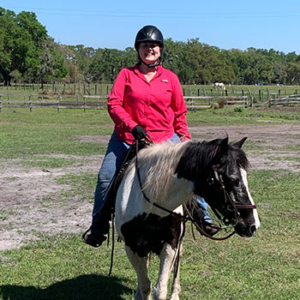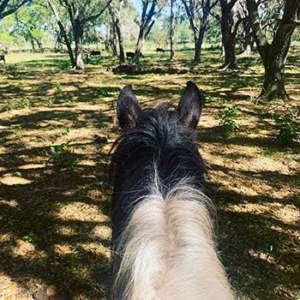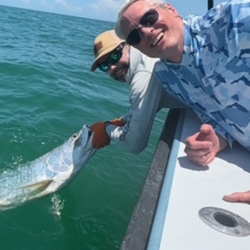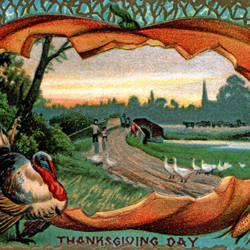 I’m finding lots of similarities these days between working with an ornery horse and being a financial advisor during tumultuous times.
I’m finding lots of similarities these days between working with an ornery horse and being a financial advisor during tumultuous times.
It isn’t a far stretch. I’ve heard financial professionals compare investing to riding a bucking bronco- it gets you from Point A to B, but it’s a bumpy ride.
All of this is an excuse to tell you about getting bucked off my horse recently.
Equestrians are a sick bunch. We don’t try to come off our horses, but when we do, we excitedly tell our friends about how funny it was, or how close to death we came without actually dying.
Much like the market turmoil we’ve observed since 2022, my wild ride that day didn’t come out of nowhere. I saw the signs and battled Baller’s bad behavior before he finally blew up.
When you get bucked off a horse, you either go to the hospital, or you get back on. I’m grateful I could get back on, even though I wanted to shoot him in that moment. I’m (mostly) kidding. When the stock market goes down, I suppose one could say you either go to the mental hospital or you stay on.
I was riding with a group that day, and a friend asked after I dusted myself off, “Where was your one-rein stop?” This is a basic maneuver to disengage the hindquarters and bring the horse to a stop.
My one-rein stop was MIA. It wasn’t in my mental toolbox because Baller doesn’t typically buck. It was helpful to be reminded of this tip.
 How does this even remotely relate to financial advising, you ask?
How does this even remotely relate to financial advising, you ask?
Well, I’ll tell you: Just as the one-rein stop is handy when the unexpected happens on a horse, there is a basic maneuver we often recommend to clients when the stock market is experiencing a particularly wild ride. It’s called “Stay put.”
When the stock market falls, a client always asks if they should put everything into precious metals or if they should sell everything, wait for conditions to improve, and then get back in.
More often than not, there is no innovative strategy we recommend to shield you from negative market movements. There’s just a basic maneuver: Stay put.
Bailing off an ornery horse and refusing to get back on might keep you from getting hurt, but it also deprives you of a valuable learning opportunity and a chance to gain some confidence in yourself and your abilities. Similarly, bailing out of investing during tumultuous times might shield you from further loss, but it deprives you of the potential for rebound. Look at history. Every bear market has, historically, been followed by a bull market.
 My horse trainer friends bring me back to the basics when I discuss an issue I’m having with Baller. I find myself doing the same thing when speaking to concerned clients. We revisit their financial plan and their goals. If nothing has changed in those areas, I often tell them to stay put.
My horse trainer friends bring me back to the basics when I discuss an issue I’m having with Baller. I find myself doing the same thing when speaking to concerned clients. We revisit their financial plan and their goals. If nothing has changed in those areas, I often tell them to stay put.
Our job as financial advisors is to guide you as you work toward your retirement goals. Just as it doesn’t matter whether the bucking bronco makes it across the arena if you aren’t on its back for the full 8-second ride, an investment’s performance means a lot less to you if you didn’t remain invested for the full ride. It doesn’t make much sense to have a financial plan if you’re unwilling to stick to it in good times and in bad.
April 2023

 How does this even remotely relate to financial advising, you ask?
How does this even remotely relate to financial advising, you ask? My horse trainer friends bring me back to the basics when I discuss an issue I’m having with Baller. I find myself doing the same thing when speaking to concerned clients. We revisit their financial plan and their goals. If nothing has changed in those areas, I often tell them to stay put.
My horse trainer friends bring me back to the basics when I discuss an issue I’m having with Baller. I find myself doing the same thing when speaking to concerned clients. We revisit their financial plan and their goals. If nothing has changed in those areas, I often tell them to stay put.


